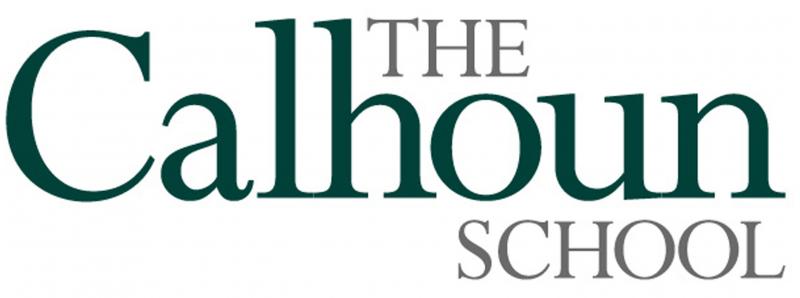
5 Tips to Help You Save for Your Kids' College
While saving can seem overwhelming, if you get creative and set goals, you can save a surprising amount.
Get kid-friendly activities sent to you!
Get the Best Kid-Friendly Activities
Sent to You Weekly!
- Make regular deposits to your child’s college fund. If you can set up a direct deposit (of any dollar amount) directly from your paycheck, this will become money you’re used to not ‘seeing’ – making it easier to watch their college fund grow.
- Sit down for a budget discussion with your family members and determine where you can spend less on household and personal items. Shaving off a few dollars from an entertainment budget each month, for example, can be a gratifying way to build up your savings accounts and build toward your future.
- Do you get cash back from reward programs? This is a great way to put “free money” into college savings accounts.
- Remember: every dollar saved for college is a dollar not borrowed.
4. Both you and your kids should take scholarships seriously
Scholarships are one of the most prevalent funding sources families use to help pay for college, but the key is knowing where to find them, and how to apply.
- Many scholarships may just be for a few hundred dollars, but they can add up, and can be used for a variety of college expenses. Apply for as many as possible, and you’ll be surprised by how much you can earn.
- Apply for scholarships in your junior year of high school and every year in college. Approximately 50 percent of available scholarships are for students already enrolled in college. There are also many scholarships available for graduate school.
- Sallie Mae’s Scholarship Search is free and home to 5 million scholarships collectively worth more than $24 billion. Students fill out a brief profile, and in minutes, the tool responds with matches that identify relevant scholarships, their award amounts, application requirements, and deadlines, and the tool automatically sends updates when it identifies new matches.
5. Make sure you have the college talk with your child
Introduce the idea of college to students at the elementary school level. Let them know what college is and what doors it can open up for them. You can even bring them to a local campus so they can imagine themselves there later on, and together, you can determine what kind of college experience would best suit your child.
Elementary school is also a good time to introduce your kids to money basics, like savings accounts, which can help them understand college costs later. To do so, keep things simple. Give your kids an allowance for doing chores around the house. If they get money for a birthday or holiday, encourage them to stash it away—maybe even for college.
Sallie Mae recommends the 1-2-3 approach to saving for college: first, open a savings account; second, set a goal and make deposits regularly; and third, explore tax-advantaged options such as 529 college savings plans. For more information about saving, planning, and paying for college, visit Sallie Mae's website.








